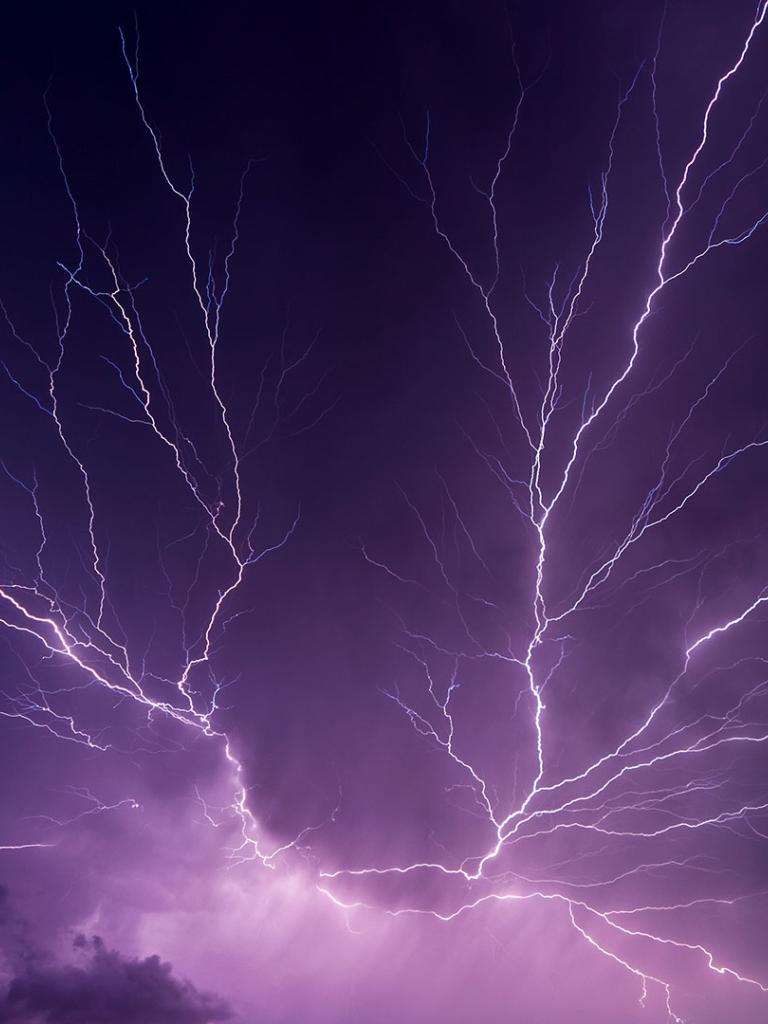27 January 2023
26 March 2021
The detection efficiency (DE) of the Met Office long-range Very Low Frequency lightning location system ATDnet was evaluated against the Tropical Rainfall Measuring Mission Lightning Imaging Sensor (LIS) during 2008-2014, within the LIS data domain (38°N-38°S; 180°W-180°E).
ATDnet detected 20-30% of LIS flashes over the Mediterranean and the east Atlantic, 10-15% of LIS flashes over the west Atlantic and 5-10% in northern and western Africa. ATDnet DE was notably higher over salty water compared to land. The average number of ATDnet strokes/pulses per detected LIS flash was 1.23 and 15% of the detected LIS flashes had more than one ATDnet observation. ATDnet detected stronger LIS flashes more efficiently, with a high number of events per group and large area.
Full fetails can be found in the Final Report below


